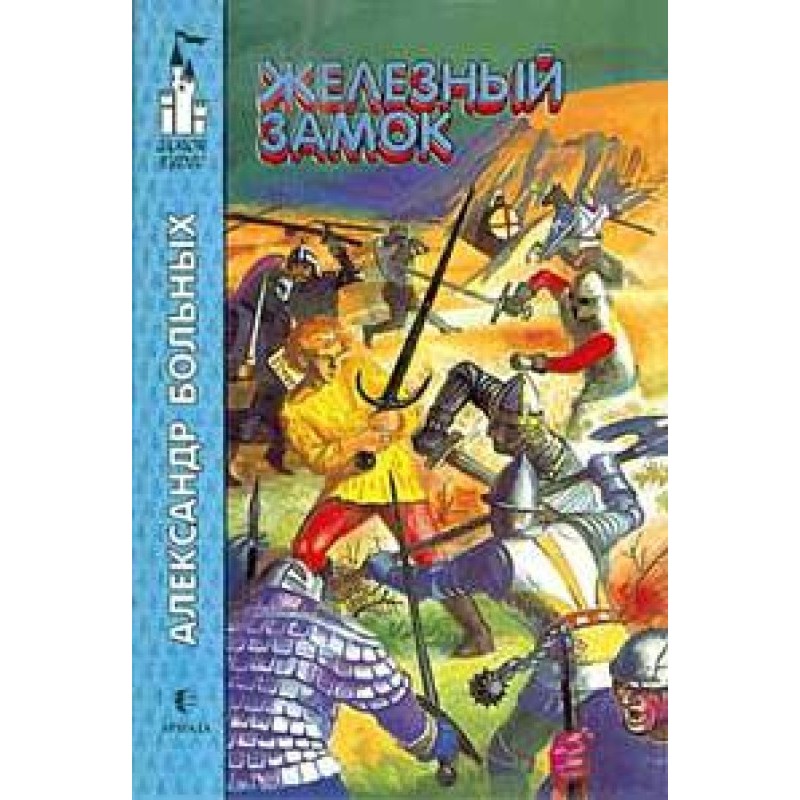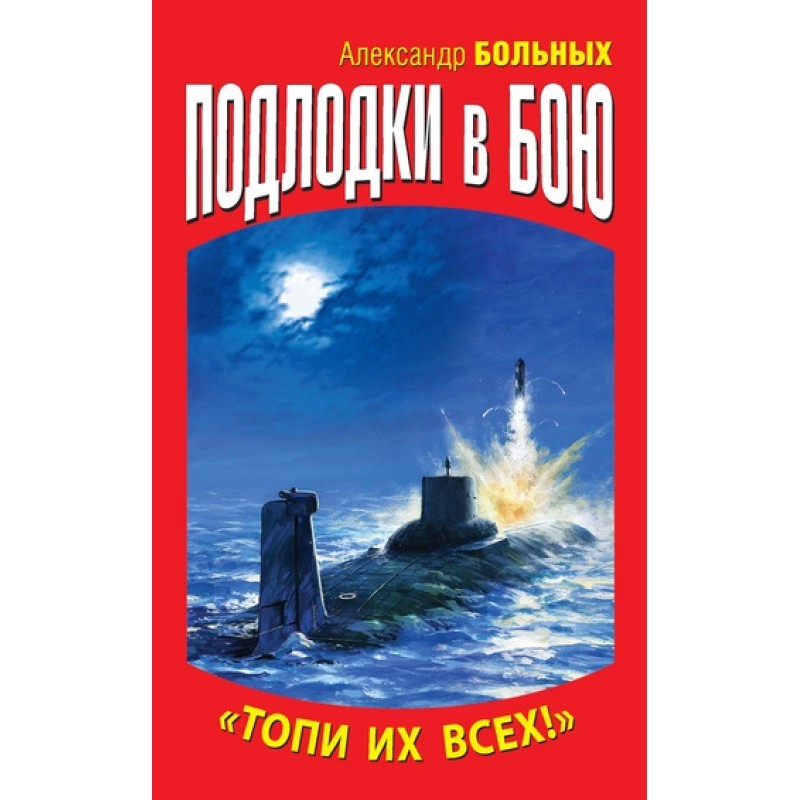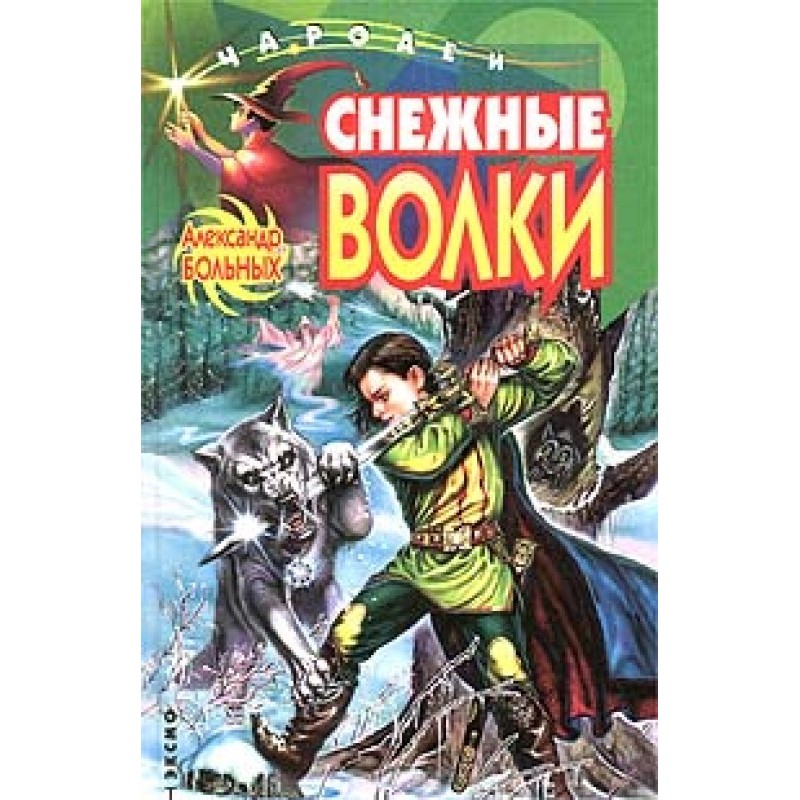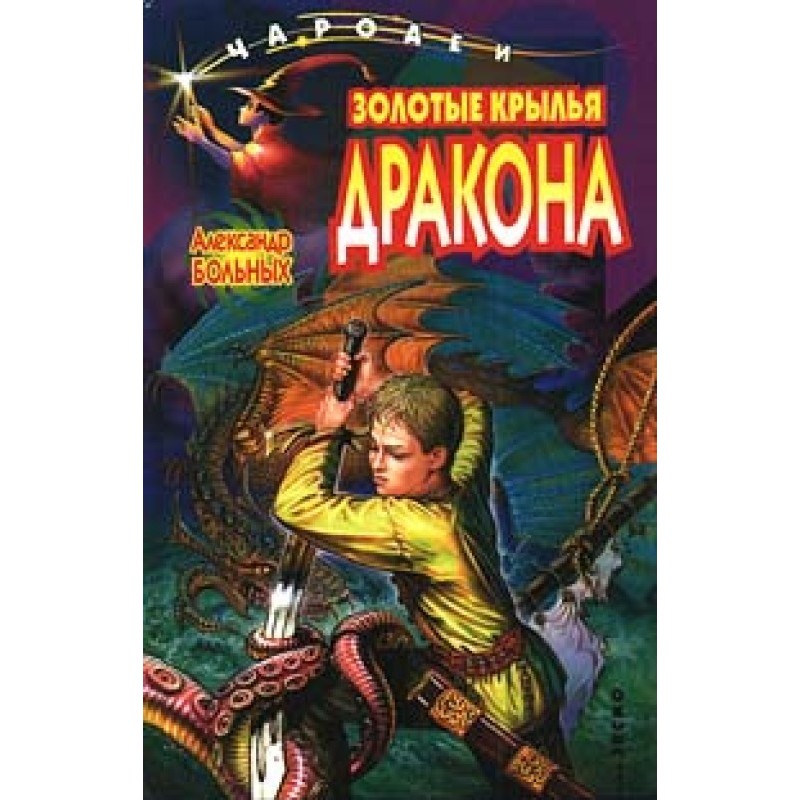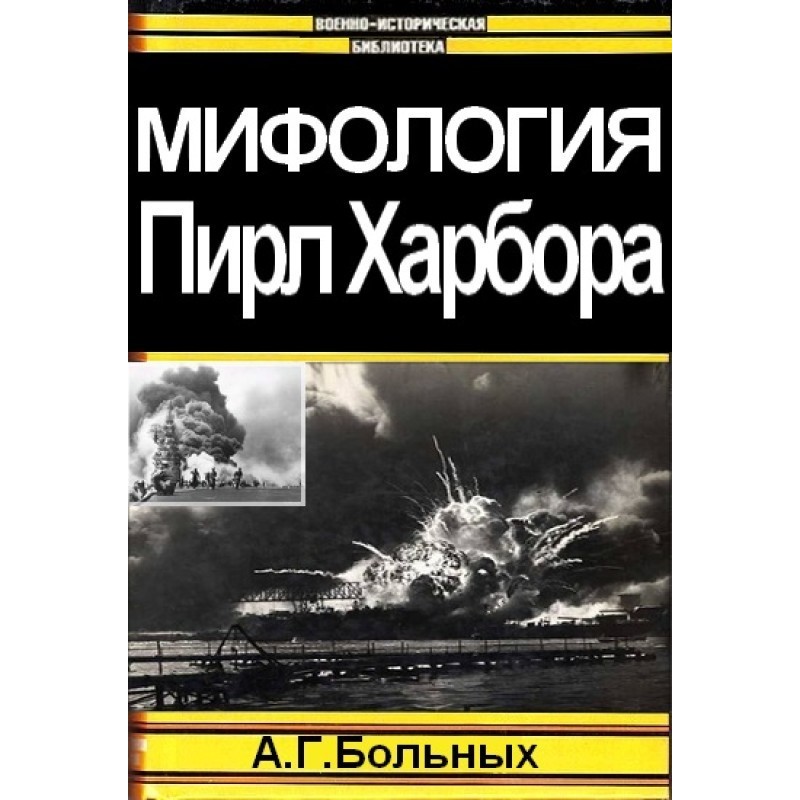Lightning War. Blitzkriegs of World War II
 Instant download
Instant download
after payment (24/7)
 Wide range of formats
Wide range of formats
(for all gadgets)
 Full book
Full book
(including for Apple and Android)
÷÷÷÷÷÷÷÷÷÷÷÷÷÷÷÷÷÷÷÷÷÷÷÷÷÷÷÷÷÷÷÷÷÷÷÷At the beginning of World War II, after the brilliant blitzkriegs of the Wehrmacht in Poland and France, it seemed to everyone that there was no escape from the German tactics of “lightning war”, that the Germans managed to pick up the “key to victory”, to acquire a universal means of armed struggle that would allow them to defeat any enemy in the shortest possible time. However, already in the fall of 1941, on the Eastern Front, the “blitzkrieg” strategy failed for the first time. Further miscalculations of the German command did not allow the Wehrmacht to fully realize its tactical superiority, and the “anti-blitzkrieg” on the Kursk Bulge, which became the grave of the Panzerwaffe, predetermined the outcome of the war. Meanwhile, the Red Army adopted combat experience from the enemy, mastering its tactics. And if Stalingrad, “Bagration” and the Vistula-Oder operation, strictly speaking, cannot yet be called classics of blitzkrieg, then the Manchurian strategic offensive operation of 1945 became an example of “lightning war”. A new book by a leading military historian! A fresh look at blitzkrieg strategy and tactics. An in-depth analysis of the main offensive operations of World War II. The true story of the “lightning war”.
Data sheet
- Name of the Author
- Александр Больных Геннадьевич
- Language
- Russian
Reviews
Вражаючий аналіз військової стратегії!
Книга "Блискавична війна. Бліцкриги Другої світової" є справжнім шедевром для всіх, хто цікавиться військовою історією та тактикою. Автор, провідний військовий історик, майстерно розкриває та аналізує стратегії, які використовувалися під час Другої світової війни, зокрема блискучі бліцкриги Вермахту. Читач отримує можливість зануритися в деталі бойових дій, зрозуміти, як німецька армія досягала своїх успіхів на початку війни, а також дізнатися про ключові моменти, які призвели до провалу цієї стратегії. Автор не лише описує події, але й надає глибокий аналіз причин і наслідків, що робить книгу надзвичайно цінною для істориків і любителів військової тематики. Я вражений тим, як вдало поєднуються факти, аналітика та живий стиль написання. Рекомендую цю книгу всім, хто хоче отримати новий погляд на відомі історичні події та зрозуміти, як стратегія може змінити хід війни!


